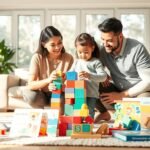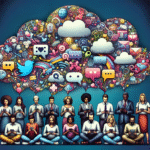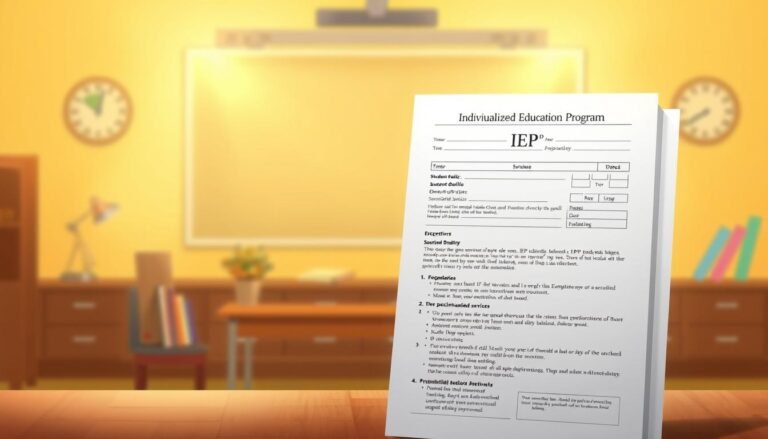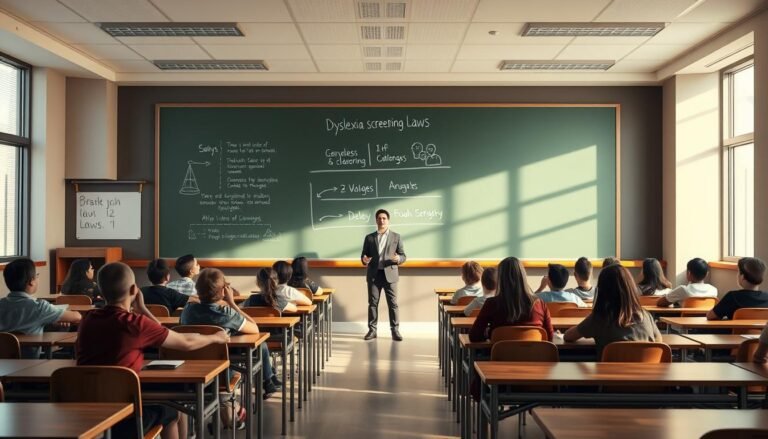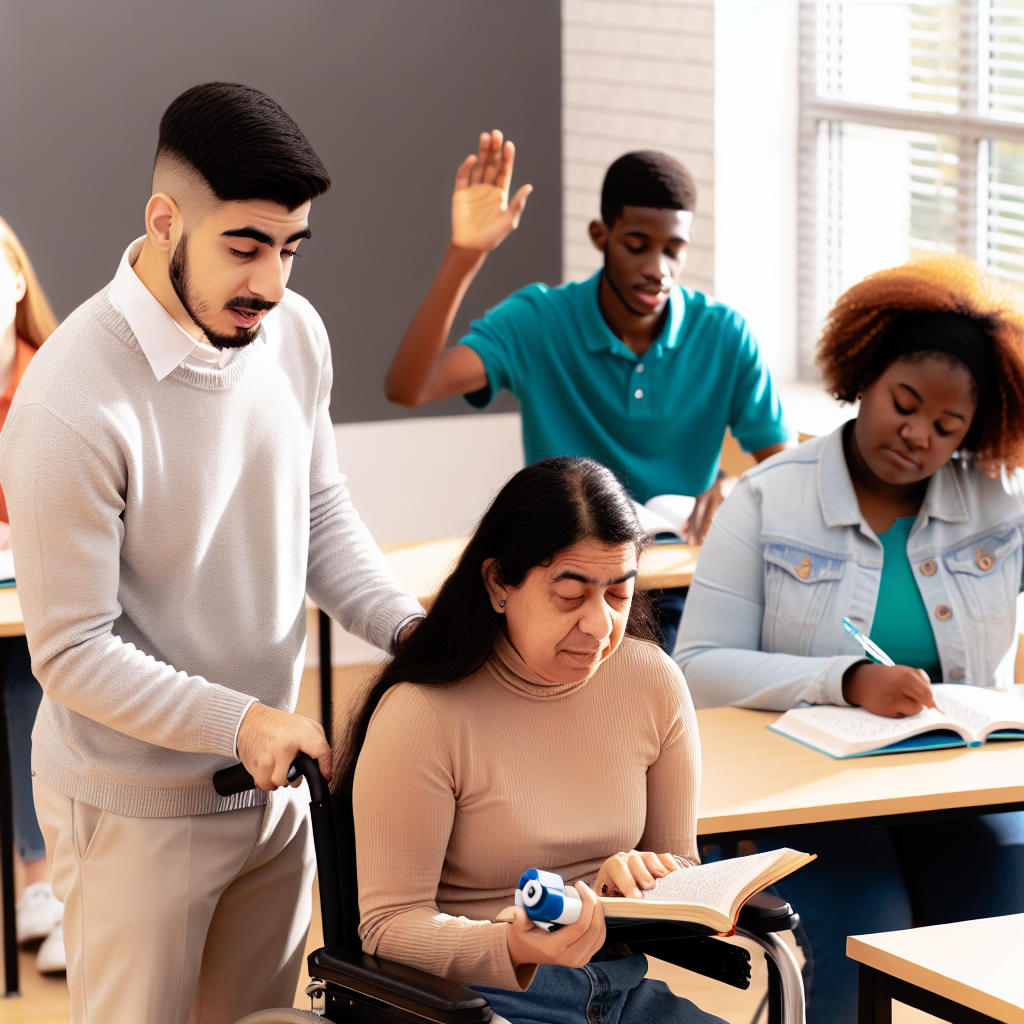
Beyond Flexibility: Creative Solutions for Classroom Accommodations in Learning Disabilities
Introduction
Navigating the realm of education is often not a straightforward path, especially for students with learning disabilities. The traditional approaches to accommodation can often feel rigid and insufficient. Yet, there exists a world of possibilities beyond the standard practices that can foster success and creativity in learners. This article explores Beyond Flexibility: Creative Solutions for Classroom Accommodations in Learning Disabilities, presenting innovative methods that break free from traditional frameworks.
As educators and advocates, we must embrace a shift in perspective, viewing learning disabilities not merely as challenges but as opportunities to cultivate tailored educational experiences that enhance every student’s potential. This article will engage readers with actionable insights, real-world case studies, and creative strategies, enriching the discussion around classroom accommodations.
Understanding Learning Disabilities: A Brief Overview
Learning disabilities manifest in various forms, such as dyslexia, dyscalculia, and attention deficit hyperactivity disorder (ADHD). These disabilities often affect students’ ability to process information, understand concepts, and perform tasks that their peers might find easy.
Table 1: Common Types of Learning Disabilities
| Type of Disability | Description | Impact on Learning |
|---|---|---|
| Dyslexia | Difficulty with reading due to problems identifying speech sounds | Challenges in reading, writing, and spelling |
| Dyscalculia | Difficulty with numbers and mathematical concepts | Issues with understanding math concepts and solving problems |
| ADHD | Attention deficit hyperactivity disorder affecting concentration | Trouble focusing, organizing tasks, and following through |
Understanding these disabilities is crucial. It lays the groundwork for recognizing that solutions must extend beyond mere flexibility to foster a more inclusive and effective educational environment.
The Need for Creative Solutions
Education systems often prioritize compliance and standardized methods that fail to cater to individual needs. However, in the quest for Beyond Flexibility: Creative Solutions for Classroom Accommodations in Learning Disabilities, we must consider dynamic strategies that adapt to the unique needs of each learner.
Case Study: Innovative Classroom Design
At Riverview Elementary, an innovative approach was implemented where classrooms were designed to promote sensory engagement. Instead of standard desks and chairs, the classroom featured flexible seating options, such as bean bags and standing desks, which allowed students to reclaim their focus in a way that worked for them.
Key Takeaway
This creativity in classroom setup demonstrated a significant improvement in student engagement and learning outcomes, supporting the needs of children with ADHD and other attention-related challenges.
The Role of Technology
Educational technology offers a powerful avenue for enhancing classroom accommodations. By utilizing specialized tools, teachers can create a customized learning experience. Here are some examples of tech solutions that fit within the framework of Beyond Flexibility:
1. Speech-to-Text Software
Tools like Dragon NaturallySpeaking enable students with dyslexia to convert spoken words into written text, alleviating the challenges posed by traditional writing and spelling tasks.
2. Interactive Learning Platforms
Websites such as Khan Academy provide tailored instruction that allows students to learn at their own pace, breaking free from the constraints of one-size-fits-all education.
Case Study: Digital Reading Programs
At Lincoln Middle School, the implementation of digital reading software, which highlights words as they are read aloud, saw significant gains in literacy among students with dyslexia. Teachers reported a 40% improvement in reading fluency over one academic year.
Key Takeaway
The integration of technology can address individual learning profiles and enrich the educational landscape.
Individualized Education Programs (IEPs): A Blueprint for Success
At the heart of accommodating students with learning disabilities lies the Individualized Education Program (IEP). However, creating IEPs that go beyond flexibility means they must also be creative and engaging.
Best Practices for Implementing IEPs
Collaborative Goal Setting: Involve students in their IEP development to create a sense of ownership, making accommodations more relatable and effective.
- Dynamic Assessment Methods: Employ various assessment strategies that respect individual strengths, such as oral presentations or project-based assessments, to gauge comprehension effectively.
Case Study: Student-Led IEP Meetings
At Maple High School, student-led IEP meetings were introduced to empower students in their educational journey. The result? Improved motivation and an 80% increase in goal completion rates among participants.
Key Takeaway
Student engagement in the IEP process enriches their educational experience and ensures accommodations resonate on a personal level.
Creative Curriculum Modifications
Curriculum modifications are necessary for students with learning disabilities, but they can transcend traditional alterations.
Examples of Curriculum Modifications
Multi-Sensory Learning: Teachers can create lesson plans that incorporate visual, auditory, and kinesthetic learning styles, catering to diverse learner needs.
- Gamification: Using game elements in learning tasks can turn challenges into engaging activities, particularly for students with ADHD.
Case Study: Gamified Learning Experiences
A pilot program at Sun Valley School District utilized gamification in math classes, allowing students to earn rewards for completing challenging assignments. The intrinsic motivation created by this approach led to a 60% increase in student participation.
Key Takeaway
Leverage creativity in curriculum design to motivate and engage students with diverse learning profiles.
Building Strong Relationships: Social-Emotional Support
Creating a supportive classroom environment is vital. Social-emotional learning (SEL) can play a crucial role in shaping the experience of students with learning disabilities.
Strategies for SEL Integration
Daily Check-Ins: Establishing a routine for students to share feelings can create a safe classroom environment and foster deeper connections.
- Peer Mentoring Programs: Pairing students with learning disabilities with supportive peers can enhance social skills while providing guidance in academic tasks.
Case Study: Peer Support Initiatives
At Brookview High, a peer mentoring initiative saw students with learning disabilities paired with older mentors. The program not only enhanced academic performance but also strengthened interpersonal relationships. Various emotional and academic gains were noted over the course of two years.
Key Takeaway
Emphasis on social-emotional learning fosters resilience and enhances learning experiences for students with disabilities.
School-Wide Initiatives: Creating an Inclusive Culture
For meaningful change, accommodations should be seen as not just the responsibility of teachers but a school-wide effort.
Inclusive Practices for Schools
Professional Development: Schools should implement training sessions focused on innovative and inclusive teaching practices, ensuring all staff are equipped with tools for success.
- Community Involvement: Engage parents and the community in workshops to raise awareness about learning disabilities and the creative solutions available.
Case Study: Community Engagement
Green Valley High hosted a community workshop on understanding learning disabilities, leading to an increased awareness rate of 80% among parents and community members. This understanding translated into enhanced support for students in various settings.
Key Takeaway
An inclusive school culture fosters a supportive environment where accommodations become collaborative efforts.
Conclusion
The journey of embracing Beyond Flexibility: Creative Solutions for Classroom Accommodations in Learning Disabilities is one that requires innovation, empathy, and a commitment to individualized learning experiences. By exploring various strategies, including technology, IEPs, curriculum modifications, and social-emotional support, educators and stakeholders can create a dynamic atmosphere that celebrates diverse learners.
As we continue to push the boundaries of traditional educational practices, the opportunities for empowering students with learning disabilities become limitless. The challenge lies before us: It is time to harness creativity and collaboration to cultivate classrooms where every student feels accepted, understood, and capable of achieving greatness.
FAQs Section
1. What are some examples of creative classroom accommodations?
Creative accommodations can include flexible seating arrangements, multimedia instructional resources, and the integration of technology like speech-to-text software.
2. How can teachers effectively implement IEPs?
Teachers can collaborate with students to set achievable goals, utilize multi-sensory teaching methods, and adapt assessment strategies to fit individual learning styles.
3. Are there specific training programs for teachers regarding learning disabilities?
Yes, many educational institutions offer professional development programs focused on inclusive teaching methods and strategies tailored to students with learning disabilities.
4. How can technology help students with learning disabilities?
Technology provides access to personalized learning tools that cater to individual needs, making education more engaging and manageable.
5. Why is social-emotional learning important for students with learning disabilities?
Social-emotional learning supports overall well-being, encourages resilience, and helps students build confidence, which is essential for overcoming challenges.
6. What role do parents play in supporting their children with learning disabilities?
Parents are vital advocates for their children and can collaborate with educators to ensure needed accommodations are met, as well as provide a supportive home environment.
By embracing these varied approaches and strategies, we can ensure that students with learning disabilities have access to fulfilling and enriching educational experiences that allow them to thrive.

